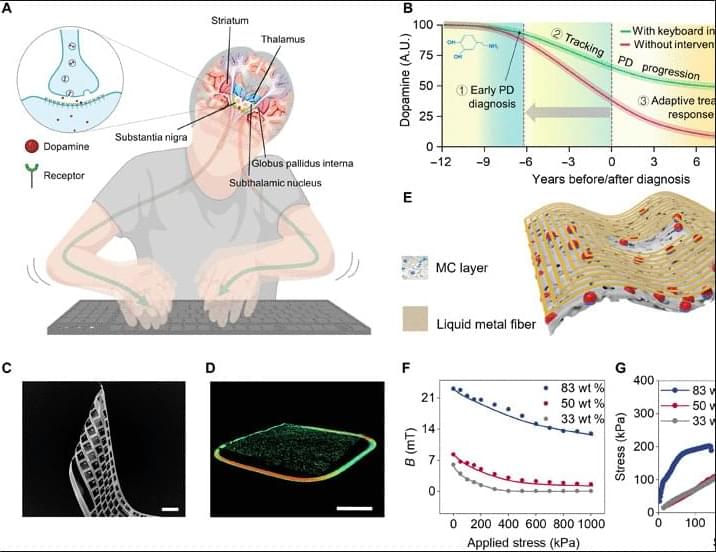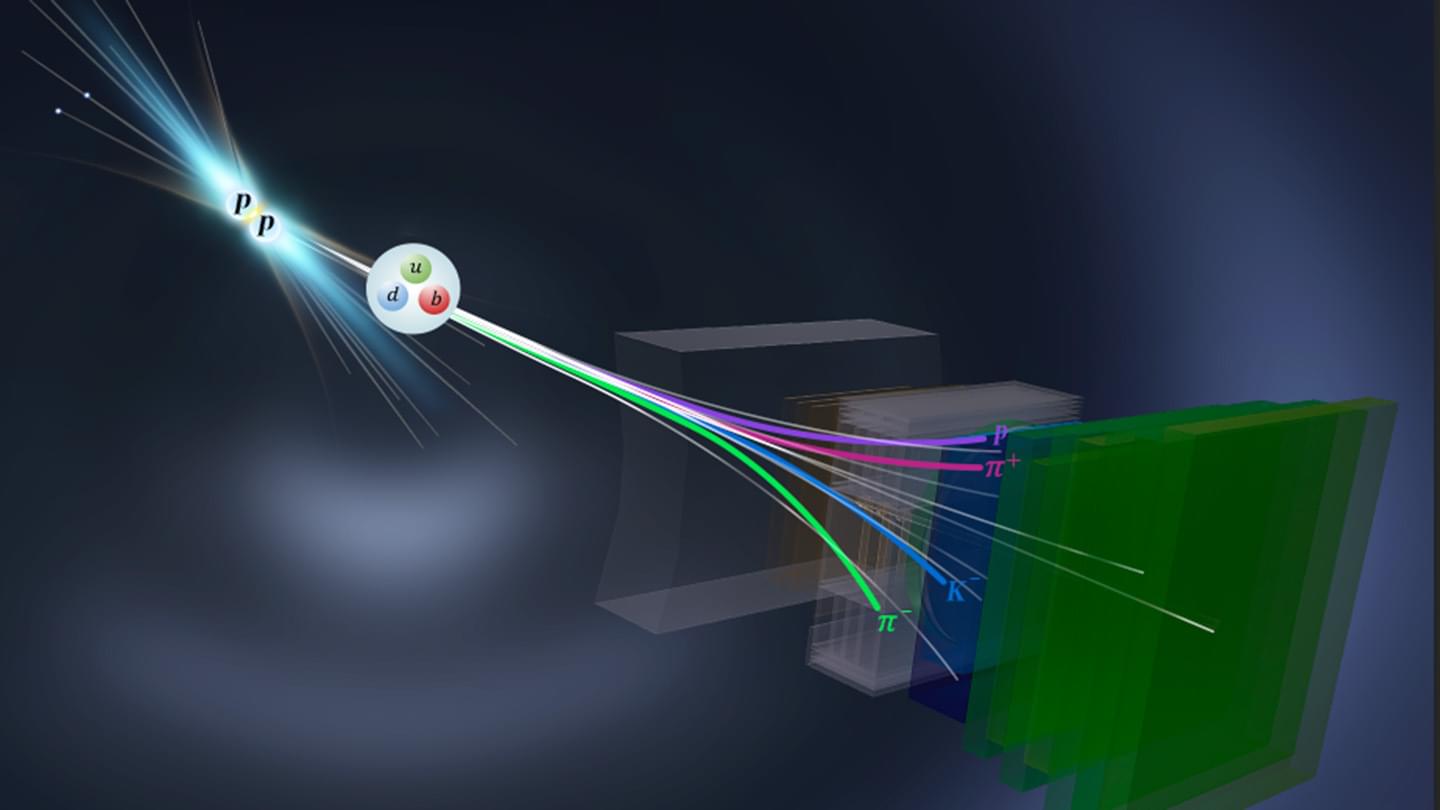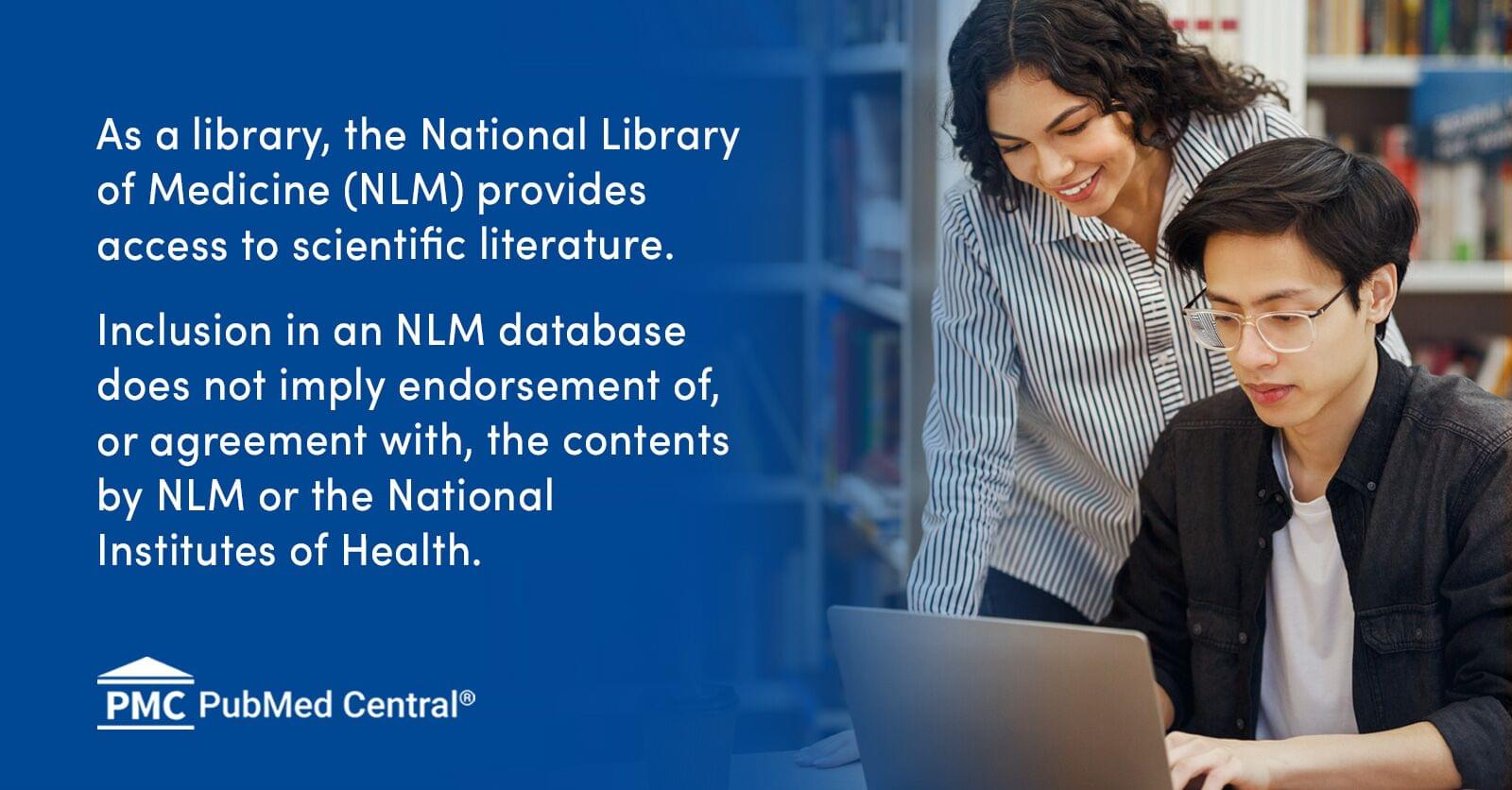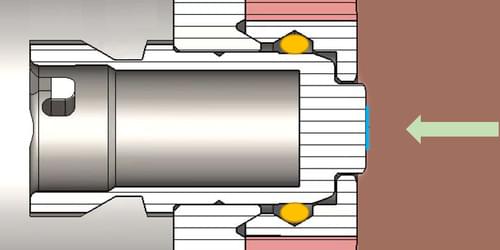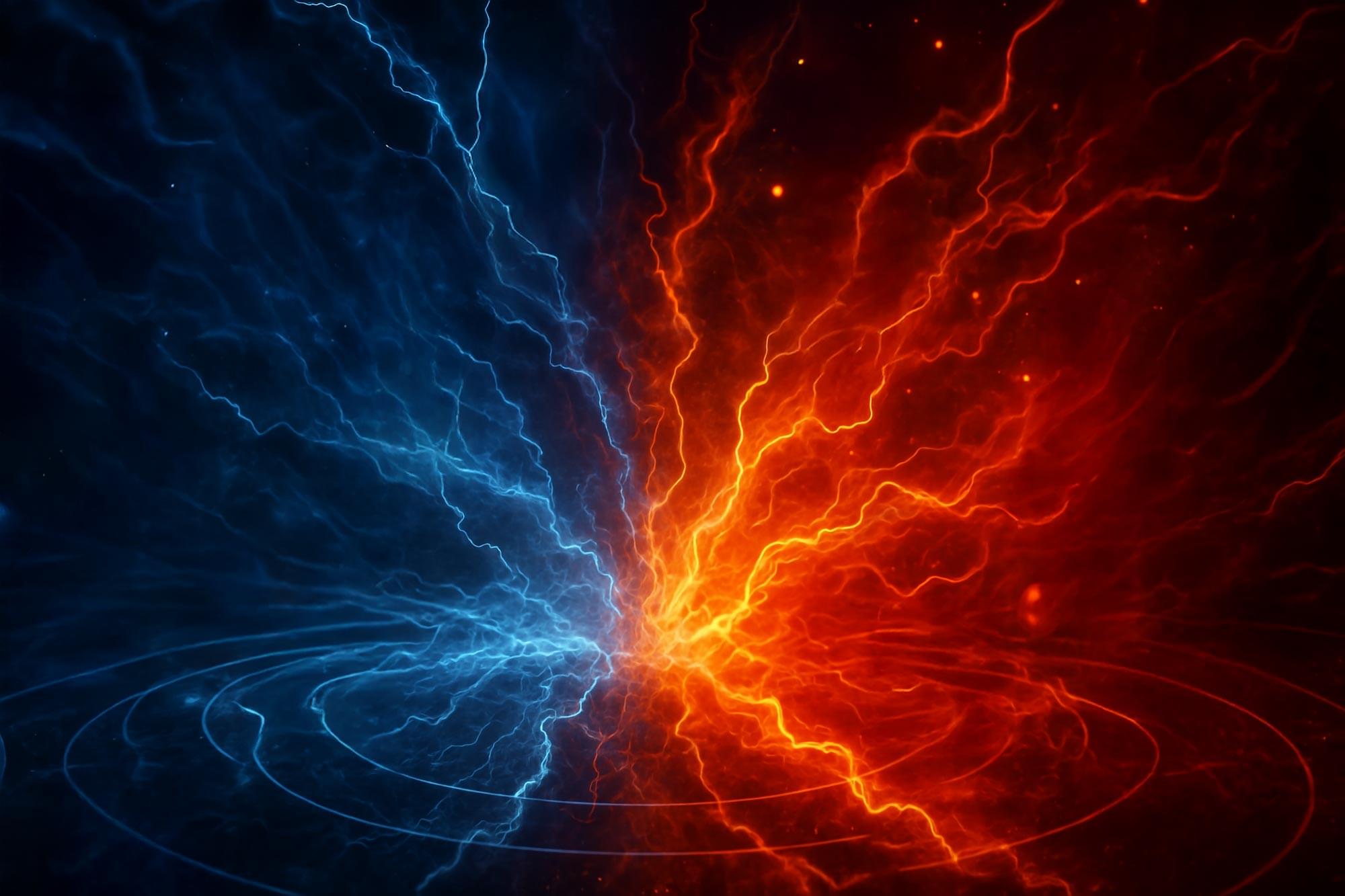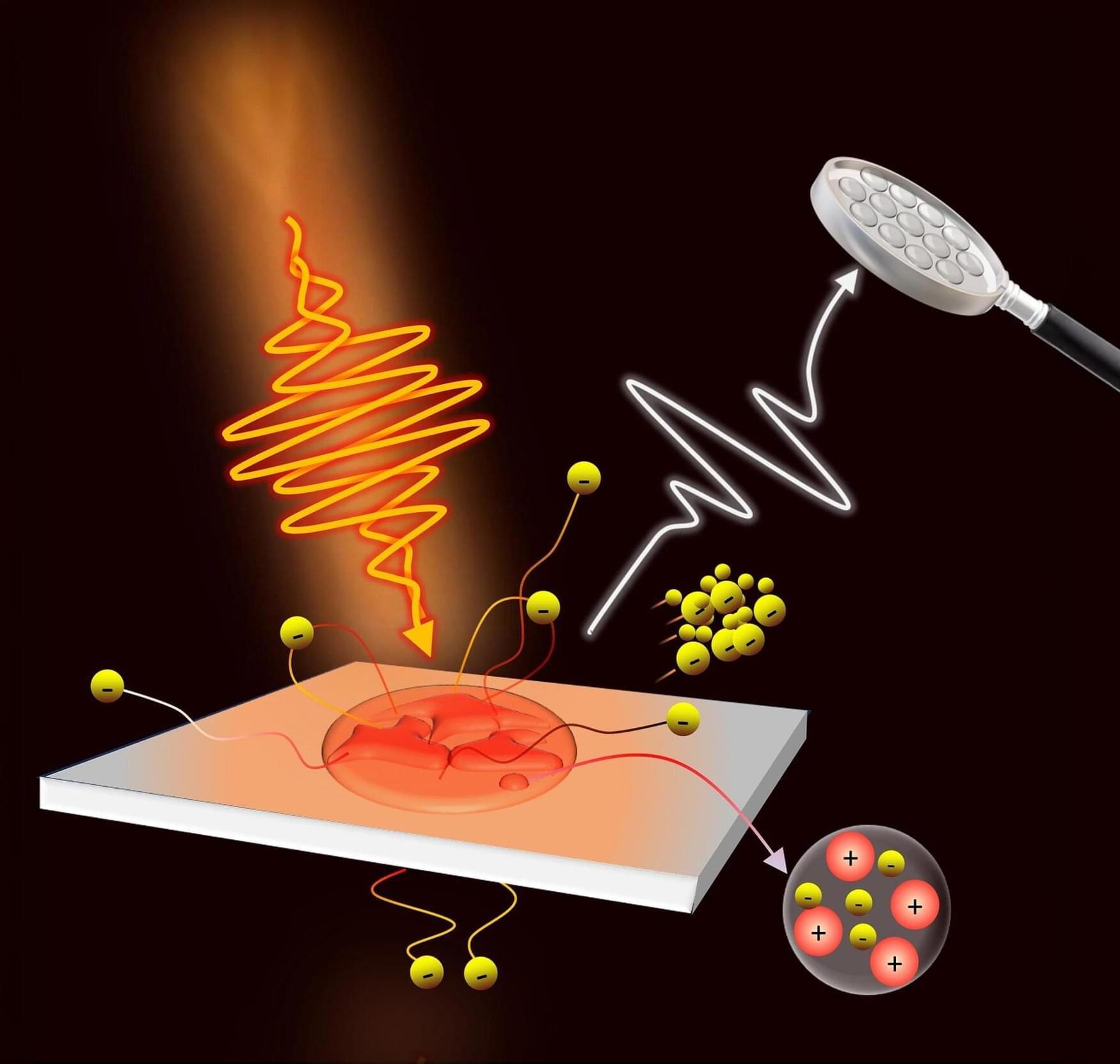Validated on patients with Parkinson’s disease, the intelligent keyboard enables early diagnosis via behavioral biometrics.
Charge-parity violation is thought to explain why there’s more matter than antimatter in the universe. Scientists just spotted it in a new place.
As AI developers harvest Wikipedia content to train their models, the resulting surge in automated traffic is driving up costs for the non-profit that runs the popular crowdsourced encyclopaedia
Acute myeloid leukemia (AML) is one of the most common types of leukemia in adults, with an average first diagnosis at age 68, and has historically carried poor prognosis due to various genetic alterations and abnormalities that complicate…
Developed by researchers at the University of Missouri, the device has multiple points that touch the skin near the heart to track all activity accurately.
Elena Pinetti searches for dark matter using JWST calibration images that other researchers discard.
Free-electron lasers (FELs) have an electron problem: a “dark” current that can propagate with the electron beam, limiting the performance of the system. Now Guan Shu of Zhangjiang Laboratory in China and colleagues have developed a method that can reduce the strength of this unwanted dark current by 3 orders of magnitude [1]. Because their method requires no structural changes to existing equipment, Shu says it could be easily implemented in existing FELs. Their bright beams of x rays—generated by electrons—are increasingly popular for structural studies.
Most high-repetition-rate free-electron lasers are fed by very-high-frequency (VHF) electron guns. A VHF electron gun contains a photocathode that releases electrons when hit with a laser. These electrons are accelerated by a strong electric field and exit the photocathode as a beam through a port at the front. But the same field generates other electrons by pulling them off the photocathode’s surface and from nearby copper surfaces via the field effect. These so-called dark electrons—they don’t need light to free them—can cause unwanted heating that degrades the main electron beam and damages the beam line.
To weaken the dark current, researchers have typically lowered the gun voltage. But that route reduces the brightness of the main electron beam. Shu and colleagues found an alternative solution: modifying the plug upon which the photocathode material is deposited and grown. The team showed that by pushing the plug around 0.5–1 mm deeper than a standard plug, they were able to reduce the intensity of the dark current by nearly 2 orders of magnitude. The over-inserted plug also had another benefit—it defocused the dark current. Rather than propagating downstream to join the main beam, the dark current struck the VHF gun cavity walls before it could leave the photocathode.
In a groundbreaking study, scientists at Brookhaven National Lab uncovered a new phase of matter dubbed “half ice, half fire” — a bizarre mix of cold, orderly electron spins and hot, chaotic ones. This discovery flips the script on previously accepted limits in physics and could spark advances in
NASA’s new space telescope, just opened its eyes to the universe and delivered its very first images from space. Though not yet fully calibrated, the images already showcase a sweeping view filled with stars and galaxies — over 100,000 sources in each frame.
SPHEREx detects invisible infrared light and splits it into 102 hues to reveal secrets about the origins of water, galaxy distances, and even the physics of the early universe. With all systems working and its ultra-chilled detectors focused and functional, the mission promises to revolutionize cosmic surveys by mapping the entire sky multiple times and complementing more focused telescopes like Hubble and Webb.
Researchers have developed a powerful new way to measure ultrashort, high-energy laser pulses in a single shot, solving long-standing challenges in capturing their complex profiles.
This innovation is crucial as laser technology moves toward unprecedented energy levels and plasma-based optics.
Breakthrough in Measuring Laser Pulses.
